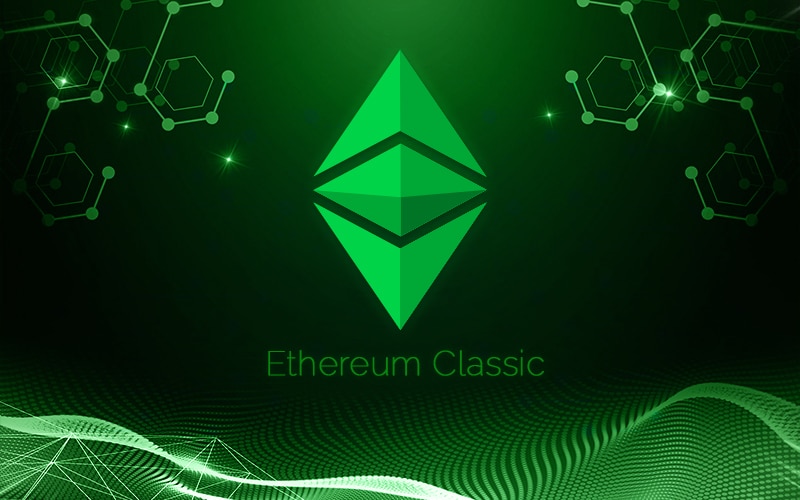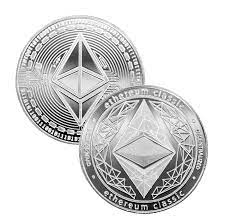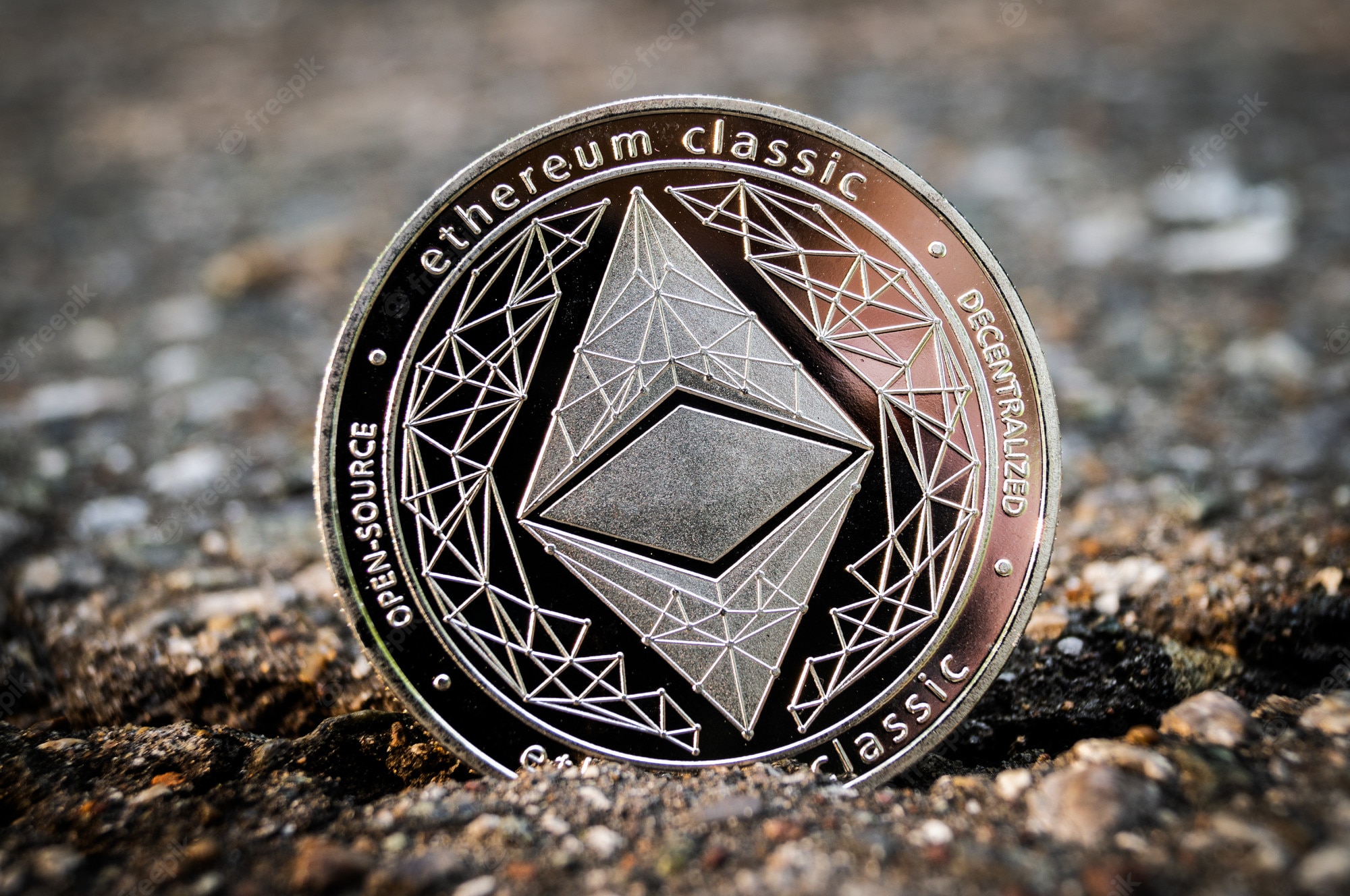Hello!
Ethereum or Ethereum Classic: how not to get confused? What’s the difference? Where to invest your money?
 Today let’s talk about Ethereum Classic cryptocurrency and the Ethereum Foundation slogan.
Today let’s talk about Ethereum Classic cryptocurrency and the Ethereum Foundation slogan.
“The code is the law!” was what Ethereum creator Vitalik Buterin repeatedly said at presentations.
It was a beautiful phrase, and behind it was the wonderful concept of smart contracts. Ethereum declared itself as a serious tool for business, and not surprisingly, it attracted the attention of major investors. And, as it turned out later, not only them.
A Bit of History
The team of the startup Slock.it presented an Ethereum-based decentralized investment management platform called The DAO. At the end of May 2016, the project’s ETH 12,000,000 internal tokens (about $165,000,000) were sold out – a huge amount, no matter how you look at it.
Big money loves silence. However, what to do with a project that makes money from publicity? The most successful project of its kind in history, mind you. As early as June 17, 2016, The DAO got hacked.
That’s not to say it came as a surprise. A few days before the hack, the Internet was discussing the crude code of the project and possible vulnerabilities, and Slock.it CTO Christoph Jentsch urged not to get too excited.
Something unimaginable was going on: apart from the plummeting rate, Ethereum Wallet users could not log in and find out what happened to their hard-earned money.
 The hack went like this. Under normal circumstances, to exit The DAO, the user-submitted a request, after which the system converted DAO tokens (internal coins) into Ether and returned it to the user’s wallet; the transaction was registered in the blockchain, and the internal token balance was updated.
The hack went like this. Under normal circumstances, to exit The DAO, the user-submitted a request, after which the system converted DAO tokens (internal coins) into Ether and returned it to the user’s wallet; the transaction was registered in the blockchain, and the internal token balance was updated.
The hacker added a recursive function that, after the Ether was withdrawn, did not allow the transaction to be committed; instead, an exit request was resubmitted. Thus, having some DAO-tokens on your account, you can withdraw them as many times as you want.
It should be noted that this problem was not related to the Ethereum platform, but solely to the internal implementation of the smart contract in The DAO.
The hacker withdrew about $55,000,000 worth of Ether in six hours of the attack, after which the attack stopped. The hitherto unidentified owner of the 0xF35e2cC8E6523d683eD44870f5B7cC785051a77D wallet simply logged out and disappeared with the looted goods.
The story itself is fascinating. It’s worthy of a separate book, if not a series. It also perfectly illustrates the anonymity of crypto and shows why the authorities don’t like the money they can’t trace. The conversation, however, is about what came next.
 Once it was fashionable to rob banks, now it’s trendy to hack into crypto organizations. One could move on and leave the search for the hacker to the intelligence services. However, on July 20 Buterin announced a rollback of the blockchain, after which the status quo was restored, The DAO airwaves returned, and the thief was left with nothing. In short, a hard fork.
Once it was fashionable to rob banks, now it’s trendy to hack into crypto organizations. One could move on and leave the search for the hacker to the intelligence services. However, on July 20 Buterin announced a rollback of the blockchain, after which the status quo was restored, The DAO airwaves returned, and the thief was left with nothing. In short, a hard fork.
Overall, the Ethereum community accepted it favorably. On the whole, but not completely. The old blockchain continued to work and grow.
Not too many users remained there, but they were united by the belief that the code should be the law and not change at the whim of the creators.
The Emergence Of The ETC
The decentralization of Ether turned out to be a fake. Yes, the hard fork was done in good faith, but it also blatantly violated basic principles. Blockchain was invented to protect the system from the human factor, and it was the human factor that rudely interfered with its operation.
Based on the original blockchain, a new currency was formed – Ethereum Classic (ETC). The cryptocurrency community was surprisingly welcoming. Already on July 23, 2016, one of the largest exchanges Poloniex declared support for ETC, and Vitalik Buterin himself said that he accepted the idea of ETC and would watch its development with great interest.
Features of ETC
 There are a few key differences from Ethereum:
There are a few key differences from Ethereum:
- The old classic blockchain;
- No updates developed for ETH;
- Capitalization is much lower (as ETC is cheaper);
- Limited issuance (210,000,000 tokens).
Rate, Capitalization, Prospects
At the time of writing, the ETC exchange rate was $26 and total capitalization was $3,515,000,000. Not too bad for a scrapped blockchain, right?
If you’re interested in long-term crypto investing, consider Ethereum. If you plan to speculate with a quick payback, then ETC will probably suit you better.
Wallets for ETC
There are a lot of wallets that support Ethereum Classic – because it doesn’t differ much from ETH. Let’s take a look at a few of the most popular ones.
 Mist is a popular wallet developed by the Ethereum Foundation, one of whose forks support ETC.
Mist is a popular wallet developed by the Ethereum Foundation, one of whose forks support ETC.
Jaxx is a multicurrency wallet that supports over 80 cryptocurrencies. A powerful tool with which you will track crypto rates and stay up-to-date with crypto news. High-quality support 7 days a week, there are versions for Windows, iOS, and Android.
Looking for simplicity and versatility? Ethereum Classic Wallet is a user-friendly web wallet that requires no installation. It’s available at: https://ethereumclassicwallet.com/. With this service, you can check the balance, send and receive funds using any device. Although it is an online wallet, it does not store any user data (such as a private key) which makes hacking attempts futile.
Finally, hardware wallets are worth a closer look. Ledger Nano S and Trezor Wallet – the most popular models. They will provide maximum security for your funds.
Criticism of ETC
Expectedly, Ethereum-classic is scolded for exactly what they praise Ethereum for. And, of course, vice versa. You know, the stability of the classic – the flexibility of Ethereum and all that. It would be strange to expect anything different under these circumstances.
Nevertheless, both versions are alive and doing quite well. A decent amount in one currency is owned by a hacker, and revisionists reign in a reality where there has been no hacking. In essence, there are two universes to choose from – with the prefix “crypto-“, of course. Choose the one you like best.
 Against the background of general support of Ether by big players (like JPMorgan and Microsoft), classic certainly looks much less promising.
Against the background of general support of Ether by big players (like JPMorgan and Microsoft), classic certainly looks much less promising.
It does not follow that it is bad. Rather, it is not as hyped, not as open to the outside world as Ethereum. It does not have such great and good support that it is responsive to the times. And, most importantly, the Classic community does not have a charismatic leader like Vitalik Buterin. But who knows how things will turn out in the future?
Also read:
- Five Warnings for First-Time Entrepreneurs
- Article Generation with Graphs, Tables, and Deep Analysis Now Accessible to All with Suna AI
- Text vs Email – What to use for Events
Where To Buy And How To Spend ETCs?
Selling ETCs for fiat is probably the most affordable way to spend it at the moment. Alas, the stores are not in a hurry to work with it yet.
 Just like regular Ether, Classic can be mined – if you like the sport. It’s not too hardware-hungry, so you don’t have to mortgage your apartment and buy expensive video cards.
Just like regular Ether, Classic can be mined – if you like the sport. It’s not too hardware-hungry, so you don’t have to mortgage your apartment and buy expensive video cards.
ETC can be bought – it is sold by exchanges around the world, such as Binance, Huobi, FCoin, and OKEx.
Thank you!
Join us on social media!
See you!






